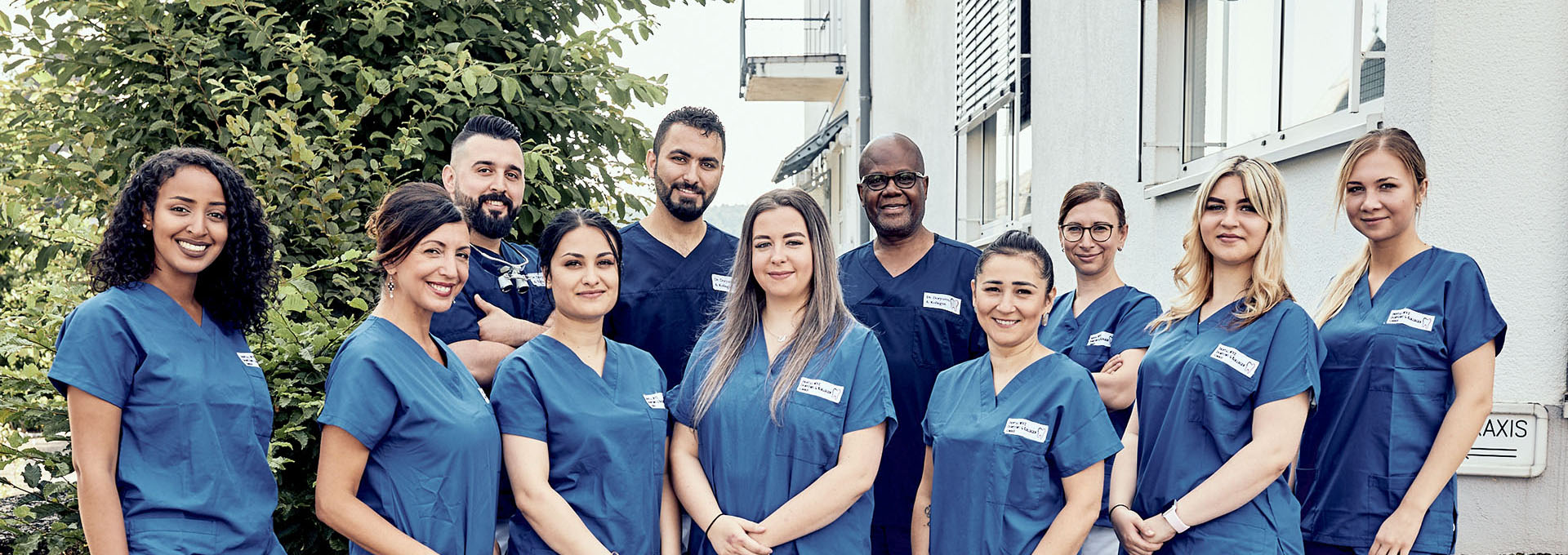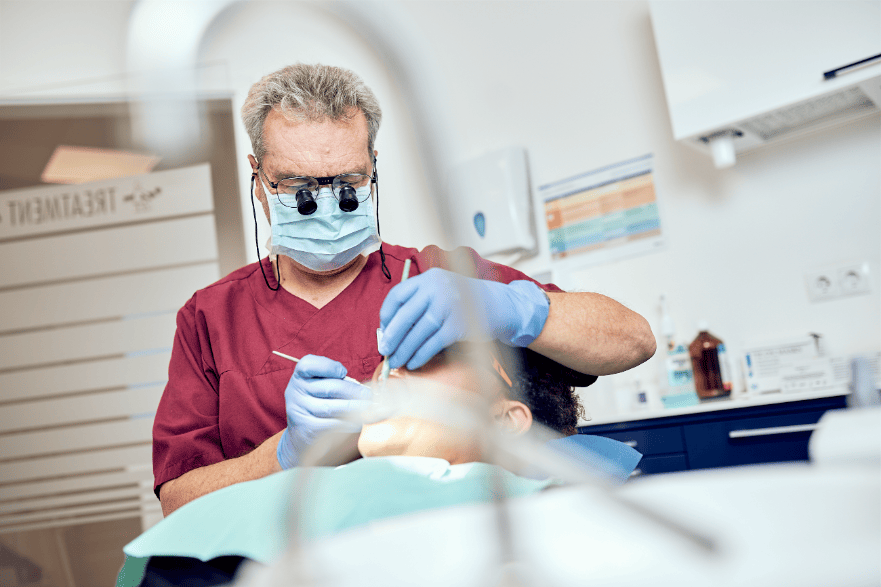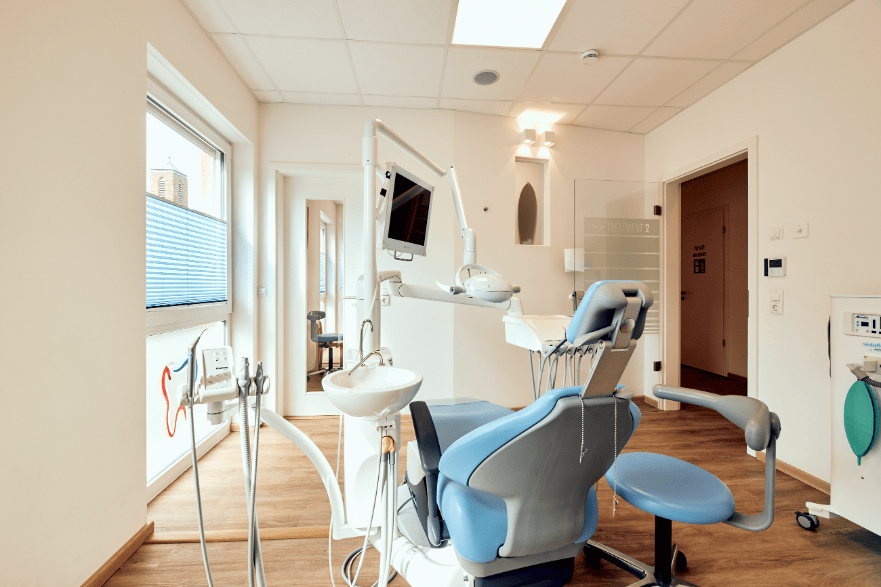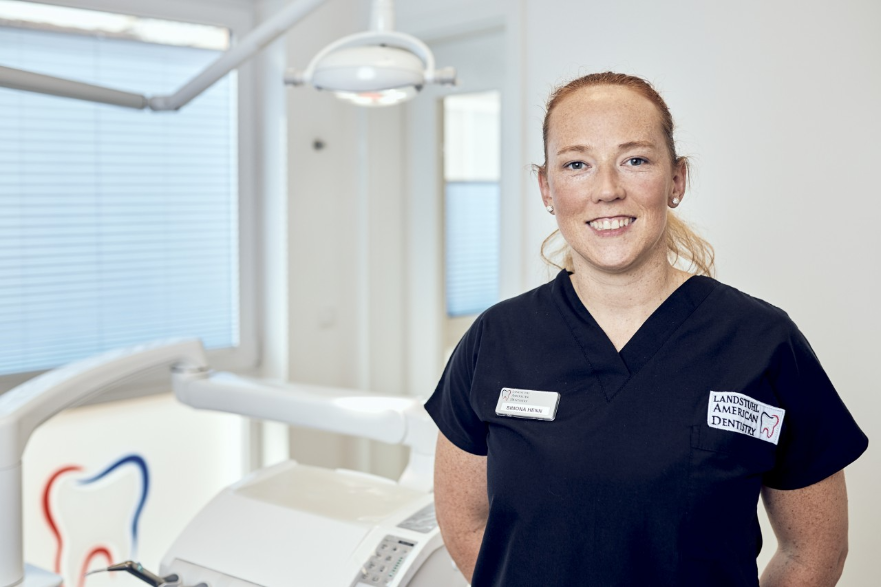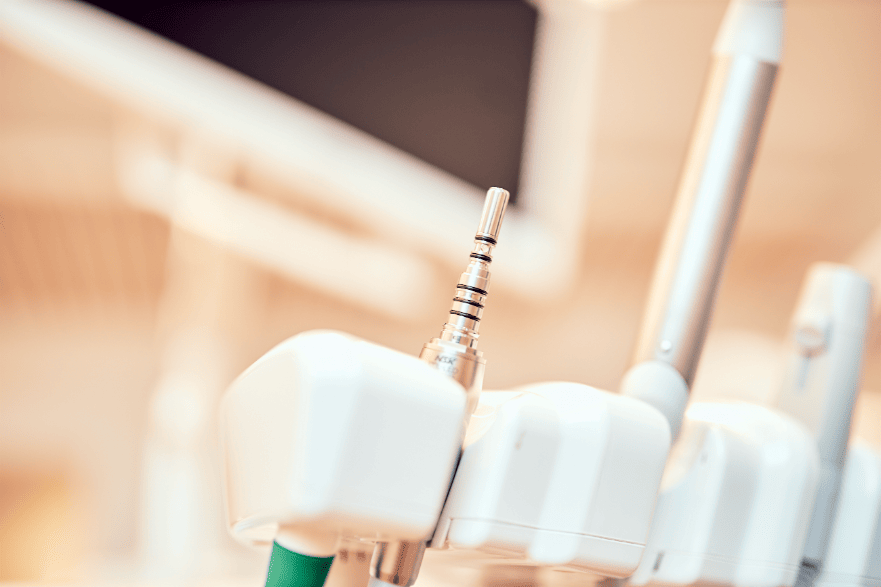Well-cared-for, bright teeth are not only healthier but they are also considered more beautiful and attractive. Scientific research has repeatedly proven that people with white and well-cared-for teeth are considered healthier and more successful. The radiantly bright tooth color thus symbolizes vitality, health, joie de vivre, and success.
There are many reasons for having discolored teeth that are not pure white. Most people do not naturally have white teeth. Teeth also darken over the years. If the nerve of a single tooth has died – i.e., if it is a dead tooth – it usually darkens considerably more. The severity of this discoloration varies from person to person.
In addition to such individual requirements and predispositions, it is particularly important to take care of your own dental care. This not only includes oral hygiene at home, but also how often, for example, professional teeth cleaning is used. Various foods and beverages – including coffee, tea, red wine, tobacco, juices and some food dyes – promote the discoloration of teeth. Once these dyes are stored in the tooth enamel, even the best cleaning can no longer remedy the situation.
Nowadays, however, this process can be visually rectified by bleaching. Sometimes this treatment is also called teeth whitening; both terms are used to refer to the same process. Bleaching is offered in many practices today. Of course, we also offer this service in the Kaiserslautern and Landstuhl area.



 info@doryumu.de
info@doryumu.de
 Search
Search


